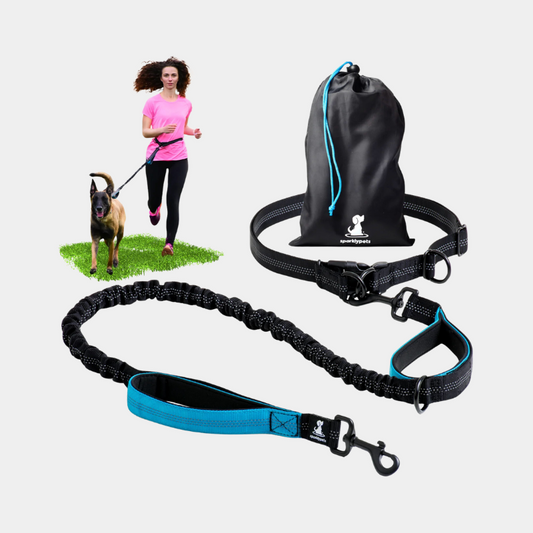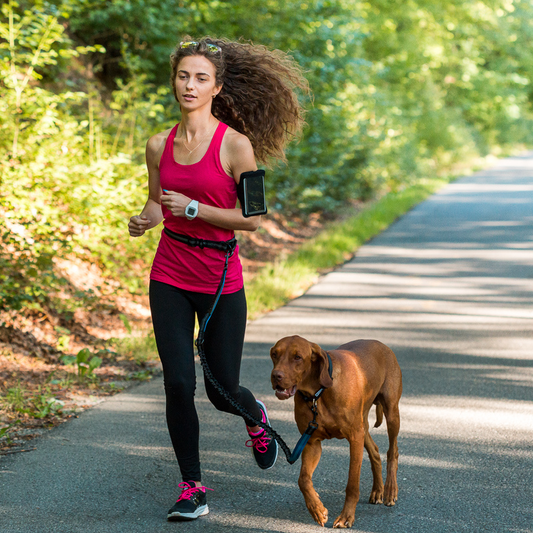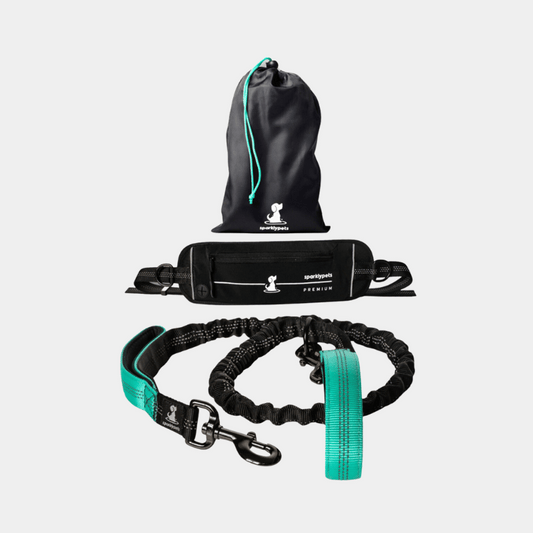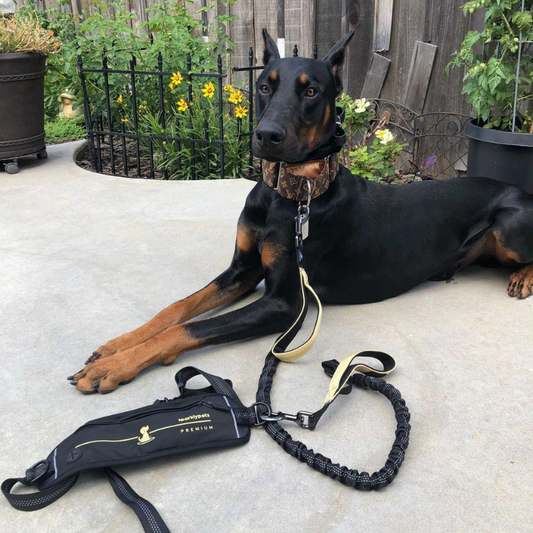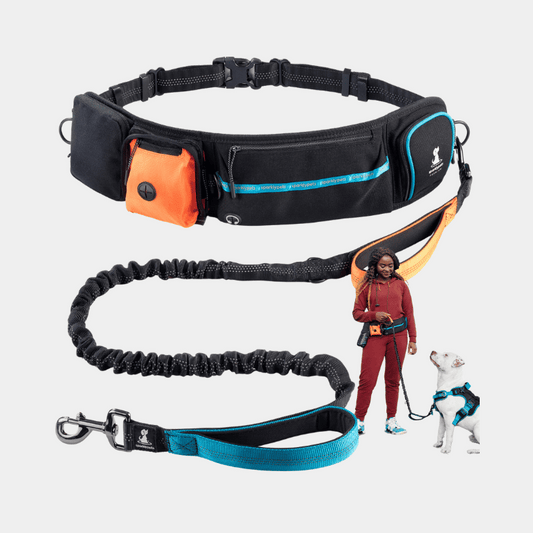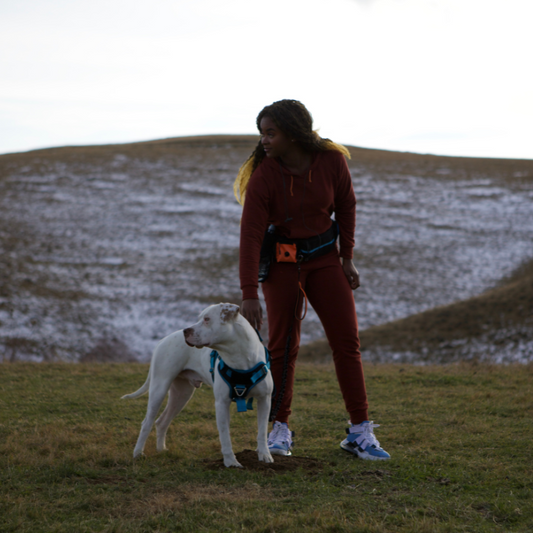We’ve spoken about dog agility before and how it can help your dog consume some energy and also strengthen the bond between you and your dog. But how exactly do you get there? Obviously, you have to start training your dog in order to get them to the point where they can maneuver around the obstacles on a dog agility course. Let’s explore a few tips that will help you on the right track.
Decide where you’re at
The first thing you need to do is evaluate your current situation. Is your dog still a puppy, or is he an adult? This is important as with different ages you need to train your dog differently, to account for different energy levels or other such factors. Then, you’ll also need to think about if your dog is big or small, so that you can adapt training accordingly. Think about things like your dog’s breed and their specific strong points, as well as weak points. For instance, a Border Collie, being a shepherd dog, will excel at running and speed, whereas a Corgi’s advantage would be the ability to fit through small spaces like the tunnel obstacle with ease.
Start Small
When you first start training your dog for Agility courses, don’t go overboard and buy the obstacles right from the start. There are a few elements to this type of training so make sure you’ve run through them first. For instance, ensure that your dog has a good grip on the basic commands like sit or heel. Then, you can start working on commands that are more similar to the agility courses. For instance, you could start by teaching your dog to climb on top of a piece of wood. Sure, it’s not much, but it also doesn’t have to be. Once he understands the command, you’ll be able to switch out the piece of wood with any other element you need him to climb onto.

It takes patience
That being said, starting small also means having patience. Tricks won’t be learned overnight. There will be days when neither you, nor your dog will want to cooperate. These are the situations when patience comes into play. First of all, because you’ll need to wait a while to start seeing results, and second, because it’ll take a toll on your time. It’s best to incrementally increase the time spent working on this, so maybe start with a 10 minute training session, see how it progresses and then make it bigger until it suits your level of time and enthusiasm.
Make sure both you and your dog enjoy the process
Unlike obedience training, dog agility training is more for fun than safety. So try to keep that in mind when training your dog. If the situation is not enjoyable for your dog or if you’re stressed about every single move, then what’s the use of all this? Think of you and your dog as a team. This means that both of you need to enjoy the process in order to ensure success.
This means that if you notice your dog is stressing about not getting a command, or if you are pushing too hard for the sake of competition, you’re very unlikely to succeed with training.
Practice makes perfect
Out of all the tips that we can offer on this topic, this one has to be the most valuable. Keep in mind that you should exercise the training over and over again. Your dog might not be very good at it at first, but, as we said, practice makes perfect. Only by practicing will they get to improve their form and their cooperation. Think about it this way: by practicing, your dog is basically troubleshooting what went wrong, so that they can avoid the problem next time. This is valid whether we’re talking a missed jump or a simple walk through a tunnel.
In the end though, don’t forget that dog agility is something that should be done to strengthen your bond with your dog and it should be something that makes you two feel closer to each other. Once the first steps have been made, and you know you can move forward with training, you can always invest in paid training lessons or dog agility obstacles for you to be able to practice around the yard with your dog.


